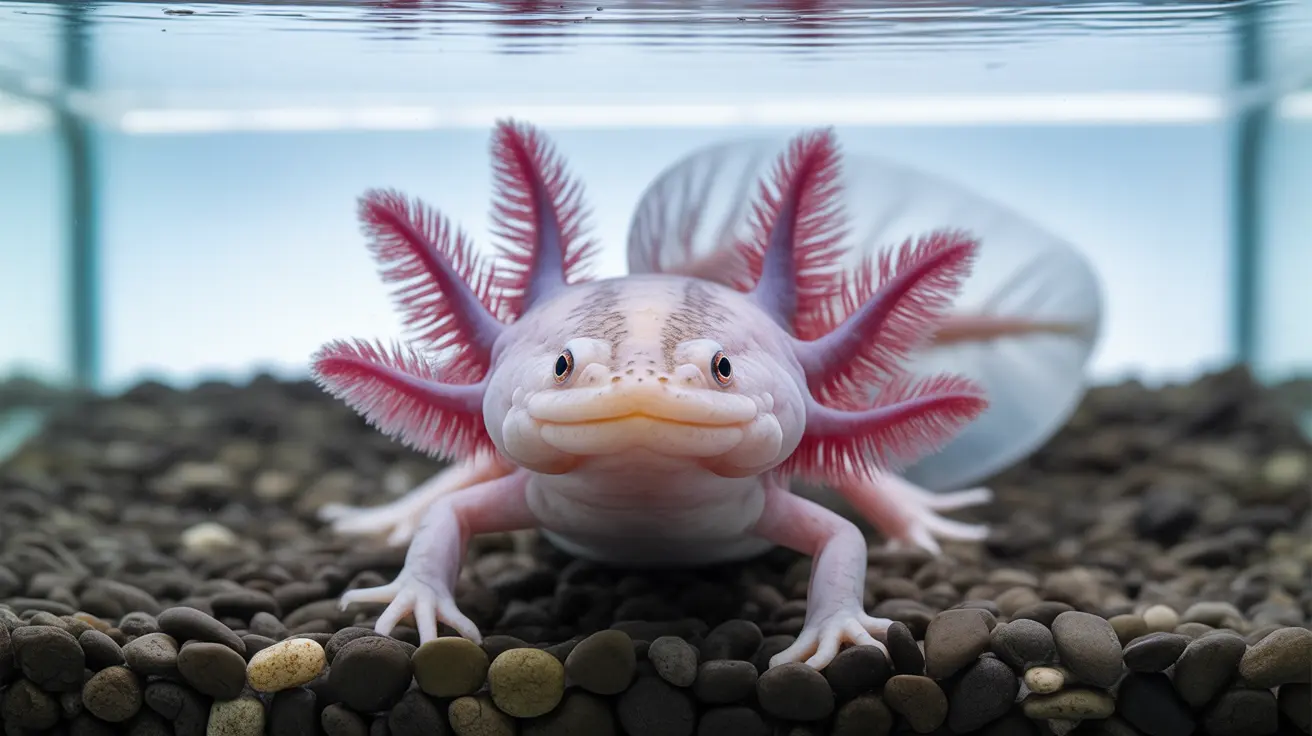Understanding What Causes Yeast Infections in Dogs
Yeast infections in dogs can be uncomfortable and persistent, leaving many pet owners searching for answers. If you've noticed your dog scratching, licking excessively, or developing a musty odor, you might be dealing with a yeast infection. Let's explore what brings about these infections and how you can help your canine companion.
What Is a Yeast Infection?
Yeast is a type of fungus that naturally lives on your dog's skin. Under normal conditions, it's harmless and kept in check by the body's immune system and other microorganisms. Problems arise when this balance is disturbed, allowing the yeast—most commonly Malassezia—to multiply uncontrollably.
Main Causes of Yeast Overgrowth
- Allergies: Dogs with food or environmental allergies are more prone to yeast infections. Allergic reactions can inflame the skin, making it easier for yeast to thrive.
- Moisture: Warm, damp environments (like floppy ears or skin folds) create ideal conditions for yeast growth. Dogs who swim frequently or aren't dried thoroughly after baths are at higher risk.
- Immune System Issues: If your dog's immune system is weakened due to illness or medication (like steroids), it may not control yeast populations effectively.
- Antibiotic Use: Antibiotics kill both harmful and beneficial bacteria. When the good bacteria are gone, yeast can take over.
- Underlying Health Conditions: Hormonal imbalances (such as hypothyroidism) and certain diseases can disrupt the skin's natural defenses.
How Does a Yeast Infection Start?
The process usually begins with some disruption to the skin's normal environment. For example, if a dog develops an allergy to pollen or food ingredients, their skin may become inflamed and itchy. Scratching breaks the surface of the skin and creates tiny wounds—perfect entry points for yeast. Add moisture from drool, rain, or bathing that isn't followed by thorough drying, and you've got a recipe for rapid fungal growth.
Common Triggers Explained
- Poor Skin Barrier: Dogs with thin or damaged skin barriers (from genetics or chronic scratching) can't keep out unwanted organisms as well.
- Lack of Airflow: Breeds with long ears or deep wrinkles trap heat and humidity—think Basset Hounds or Bulldogs—which encourages yeast proliferation.
- Nutritional Deficiencies: Diets lacking essential fatty acids may compromise skin health and immunity.
Signs Your Dog Might Have a Yeast Infection
If you're wondering whether your dog is suffering from one of these infections, look for these symptoms:
- Persistent scratching or licking
- Sour or musty odor (sometimes described as "corn chip" smell)
- Redness, swelling, or thickened skin—especially in ears, paws, groin, or armpits
- Brown discharge in ears
- Bald patches from excessive grooming
The Role of Environment and Lifestyle
Your dog's daily routine can influence their risk of developing a yeast infection. Regular exposure to wet grass, lakes, or even frequent baths without proper drying increases moisture on the skin. Dogs living in humid climates also face higher risks compared to those in drier regions.
Certain breeds are predisposed due to their anatomy; for example, Cocker Spaniels have heavy ear flaps that limit airflow while Shar Peis have deep wrinkles where moisture gets trapped easily.
Treating and Preventing Yeast Infections
If you suspect your dog has a yeast infection, consult your veterinarian for diagnosis and treatment options. Typical treatments include medicated shampoos containing antifungal agents and topical ointments. In severe cases—or if underlying allergies are present—your vet may recommend oral medications or dietary changes.
- Bathe regularly with prescribed antifungal shampoos but avoid over-bathing which strips natural oils.
- Dry your dog thoroughly after swimming or bathing—pay special attention to ears and folds.
- Treat underlying allergies through diet adjustments or prescribed medications.
- Avoid unnecessary antibiotic use unless directed by your vet.
The Importance of Early Intervention
Catching a yeast infection early makes treatment much easier (and less stressful for your pup). Regularly inspect your dog's skin and ears—especially if they're prone to allergies or spend lots of time outdoors. If you notice any signs mentioned above, don't wait: prompt action helps prevent complications like secondary bacterial infections.





